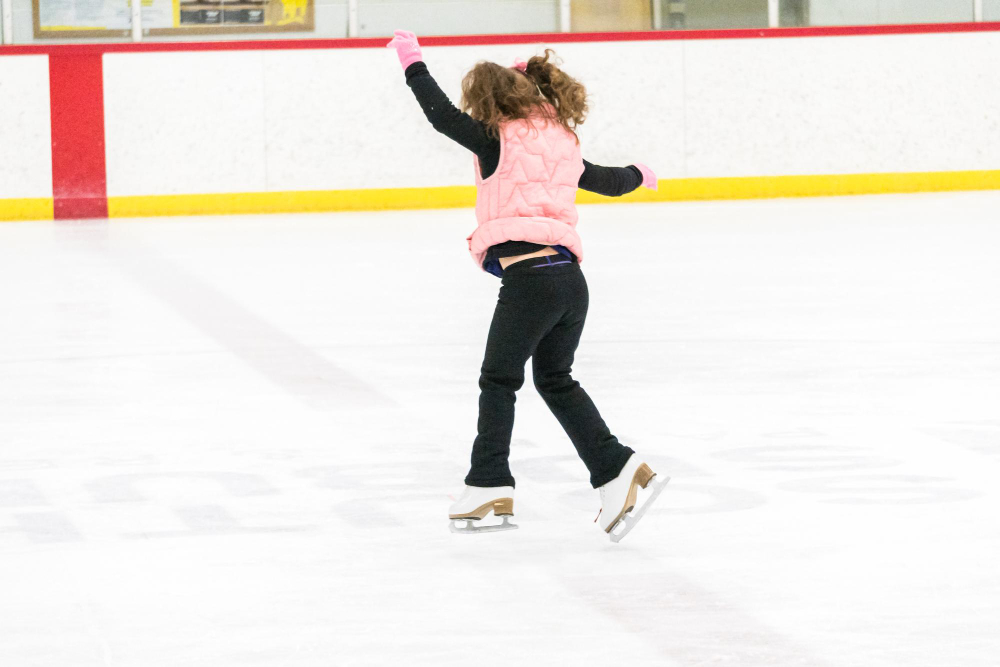Figure skating is a sport renowned for its elegance, grace, and athleticism, where skaters glide across the ice performing intricate jumps, spins, and choreographed routines. However, one move that is notably absent from competitive figure skating is the backflip. Despite its popularity in other forms of skating and acrobatics, backflips are strictly prohibited in competitive figure skating. But why exactly are backflips illegal in figure skating, and what factors led to the ban on this gravity-defying maneuver? Let’s delve into the world of figure skating and uncover the reasons behind the prohibition of backflips.
Mitigating Risk of Injury
One of the primary reasons backflips are banned in figure skating is safety concerns. Unlike other jumps performed in figure skating, such as axels, loops, and lutzes, backflips involve rotating backward in the air, which can be inherently risky and prone to accidents. Landing a backflip on ice requires precise timing, coordination, and control, and even skilled skaters can struggle to execute the maneuver safely. The risk of falls, collisions, and injuries, including head and neck injuries, makes backflips too hazardous for competitive figure skating.
Traditionalism and Aesthetic Considerations
Another factor contributing to the prohibition of backflips in figure skating is the sport’s emphasis on tradition and aesthetics. Figure skating is deeply rooted in tradition and history, with strict rules and regulations governing the execution of jumps, spins, and other elements. Backflips are often seen as flashy and acrobatic, deviating from the traditional elegance and artistry of figure skating. The inclusion of backflips could disrupt the aesthetic balance of performances and detract from the artistic expression and storytelling aspect of the sport.
Difficulty vs. Risk
Figure skating competitions are judged based on a combination of technical elements, including jumps, spins, footwork, and artistic interpretation. While backflips are undeniably difficult and impressive to execute, they also carry a higher risk of error and injury compared to other jumps. Judges must balance the desire for difficulty and innovation with the need to prioritize safety and risk management. Banning backflips helps ensure a level playing field and promotes the safety and well-being of athletes competing in figure skating events.
Upholding Standards
The International Skating Union (ISU), the governing body for competitive figure skating, establishes rules and regulations governing the sport, including permissible elements for jumps and performances. Backflips are explicitly prohibited by the ISU in competitive figure skating competitions, as outlined in the ISU Figure Skating Rulebook. By enforcing strict guidelines and standards for jumps and maneuvers, the ISU aims to maintain consistency and fairness in judging and uphold the integrity of the sport.
Ice Surface and Equipment Limitations
Performing a backflip on ice presents unique technical challenges due to the slippery surface and limitations of figure skating equipment. Unlike other sports like gymnastics or snowboarding, where backflips are common and practiced on specialized surfaces and equipment, executing a backflip on ice requires additional skill and control. The risk of slipping, catching an edge, or losing balance increases when attempting backflips on ice, further contributing to safety concerns and the prohibition of the maneuver in figure skating.
Adapting to Changing Demands
While backflips may be banned in competitive figure skating, they are still occasionally performed in exhibitions, shows, and non-competitive skating events. As the sport evolves and new trends emerge, there may be opportunities to revisit the rules and regulations surrounding backflips in figure skating. However, any changes would need to prioritize athlete safety and adhere to the principles of fairness, integrity, and artistic expression that define competitive figure skating.
Exploring Alternative Maneuvers
Despite the ban on backflips, figure skaters continue to push the boundaries of the sport by incorporating innovative and creative elements into their performances. From intricate spins and intricate footwork to breathtaking lifts and throws, figure skating offers endless opportunities for athletes to showcase their skills and creativity on the ice. While backflips may be off-limits, skaters can explore alternative maneuvers and techniques to captivate audiences and push the sport forward.
Balancing Risk and Reward in Figure Skating
While backflips may be awe-inspiring feats of athleticism and agility, they are considered too risky for competitive figure skating due to safety concerns and the sport’s emphasis on tradition, aesthetics, and technical precision. By prohibiting backflips, governing bodies like the International Skating Union aim to prioritize athlete safety, uphold the integrity of the sport, and maintain consistency in judging. While the ban on backflips may disappoint some fans, figure skating continues to evolve and captivate audiences with its grace, elegance, and artistry, showcasing the incredible talent and dedication of its athletes on the ice.
